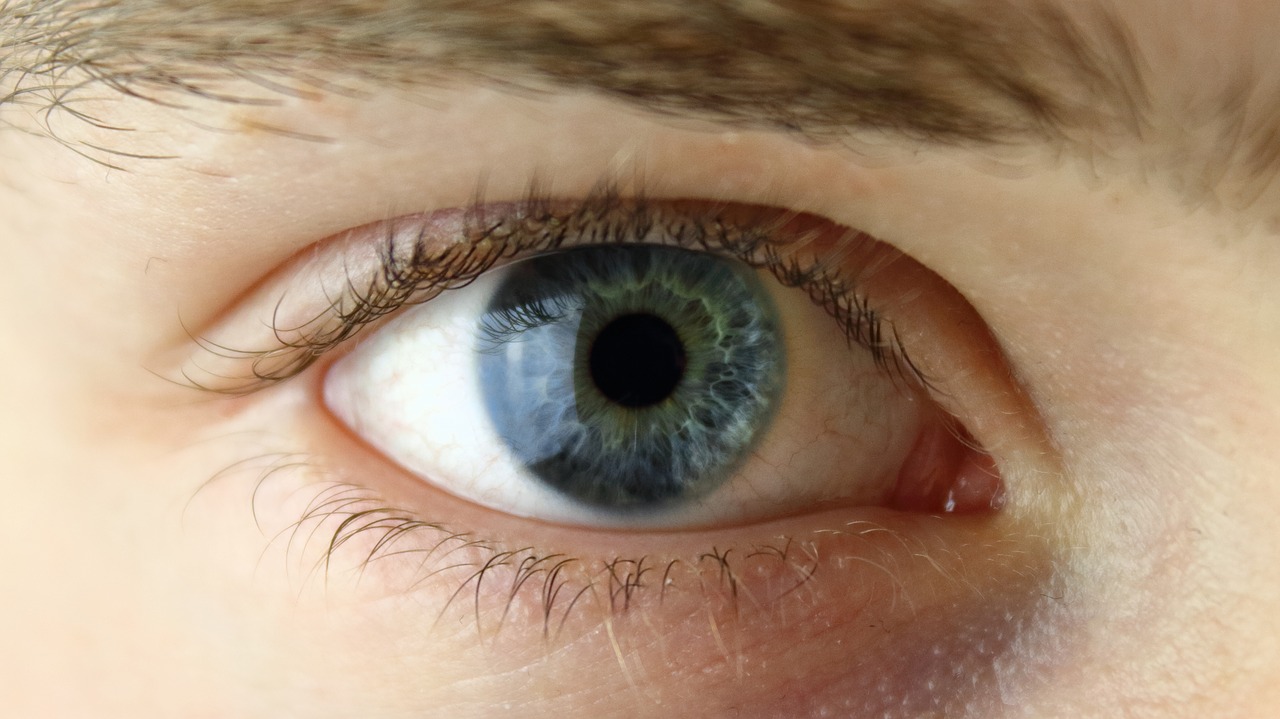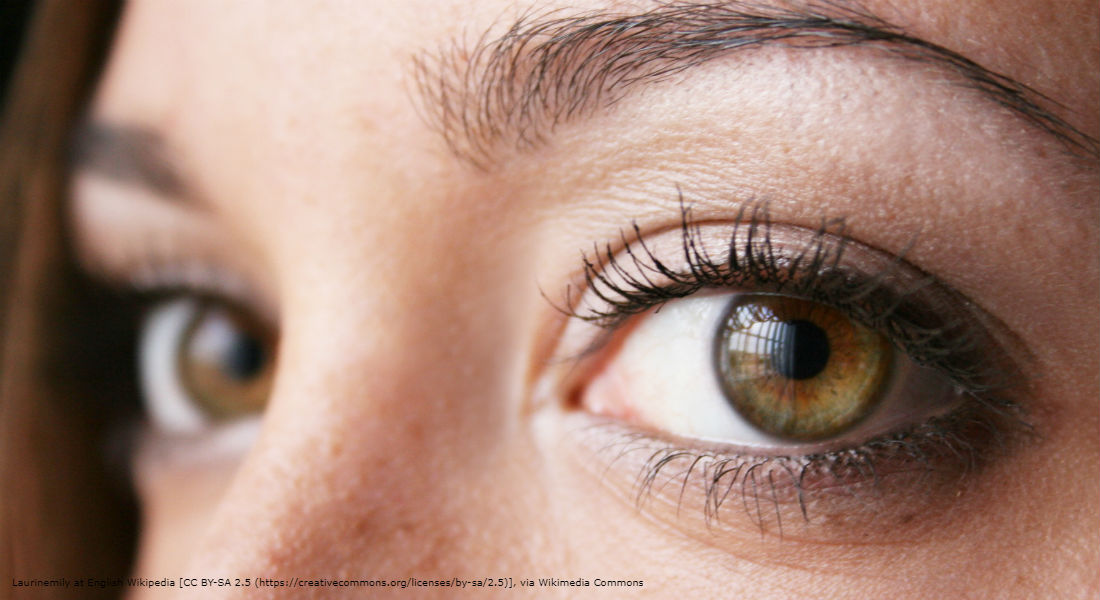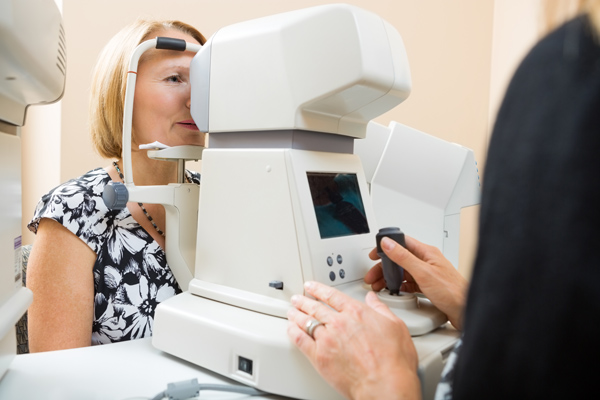Canadian patients will now have the option to use Teva’s generic Restasis to treat their symptoms of dry eye disease. Teva-Cyclosporine ophthalmic emulsion has been approved by Health Canada as the first generic version of Allergan’s Restasis in the country.
“Dry eye disease negatively impacts a patient’s quality of life and has the potential to cause long-term eye damage, so it’s crucial patients have access to affordable treatment options made to the highest standards,” said Christine Poulin, Senior Vice President and General Manager, Teva Canada. “With as many as 10 million Canadians potentially suffering from dry eye disease, Teva-Cyclosporine ophthalmic emulsion will provide relief for the patients’ eyes as well as budget.”
Up to 29 percent of Canadians suffer from dry eye disease, with symptoms that range from ocular discomfort to a burning sensation that can affect an individual’s vision. Like Restasis, Teva’s generic cyclosporin ophthalmic emulsion is indicated for the treatment of both moderate and moderately severe dry eye disease, which is characterized by limited tear production, ocular staining and blurred vision that comes and goes.
Because Teva’s generic Restasis has the same indications as the branded product, Canadian pharmacists will be able to substitute the generic when filling Restasis prescriptions. As the generic will be less costly than the original, the approval is likely to cut into Allergan’s Restasis sales in Canada.
RELATED: Allergan’s Restasis to Face Impending Generic Competition After Patent License Play Fails
The dry eye disease market in Canada is significant, with Restasis bringing in approximately $46.5 million in sales each year. However, these sales figures pale in comparison to the dry eye disease space in the US where Allergan sells about $2 billion worth of Restasis per annum.
While Allergan has used a number of controversial tactics – including transferring the patents for Restasis to the Saint Regis Mohawk Tribe – in an attempt to preserve their market exclusivity in the US, the company is bracing for impending generic competition. At least three drugmakers – Teva, Akorn and Mylan – are looking to get their generic versions of Restasis onto US pharmacy shelves, and according to Texas Federal Court Judge William Bryson, it’s unlikely that they’ll need to wait until the official patent expiry date in 2024 to have their wishes granted.
As the dry eye disease market continues to heat up in both Canada and the US, so too has the controversy surrounding the syndrome. Recently, a paper published in the journal JAMA IM questioned Restasis’ efficacy and whether dry eye disease is really a disease that needs to be treated at all. The authors of the paper contend that Allergan’s disease awareness campaign, and quizzes on their website aimed at helping consumers determine whether they have dry eye disease, are the real reason behind Restasis’ success.
“Disease awareness campaigns – like chronic dry eyes – are an effective way for companies to sell a disease to sell a drug,” said Steven Woloshin of The Dartmouth Institute for Health Policy and Clinical Practice. “But people shouldn’t assume that you even need a drug to treat symptoms – or that the advertised drug actually relieves the symptoms in the quizzes.”
While research into alternative treatments for dry eye – namely, omega-3 supplements – have come up short, Allergan does have one major competitor in the dry eye disease space. Shire’s Xiidra is also approved in the US to treat dry eye disease and the company’s disease awareness campaigns featuring actress Jennifer Aniston have been popular.








Join or login to leave a comment
JOIN LOGIN